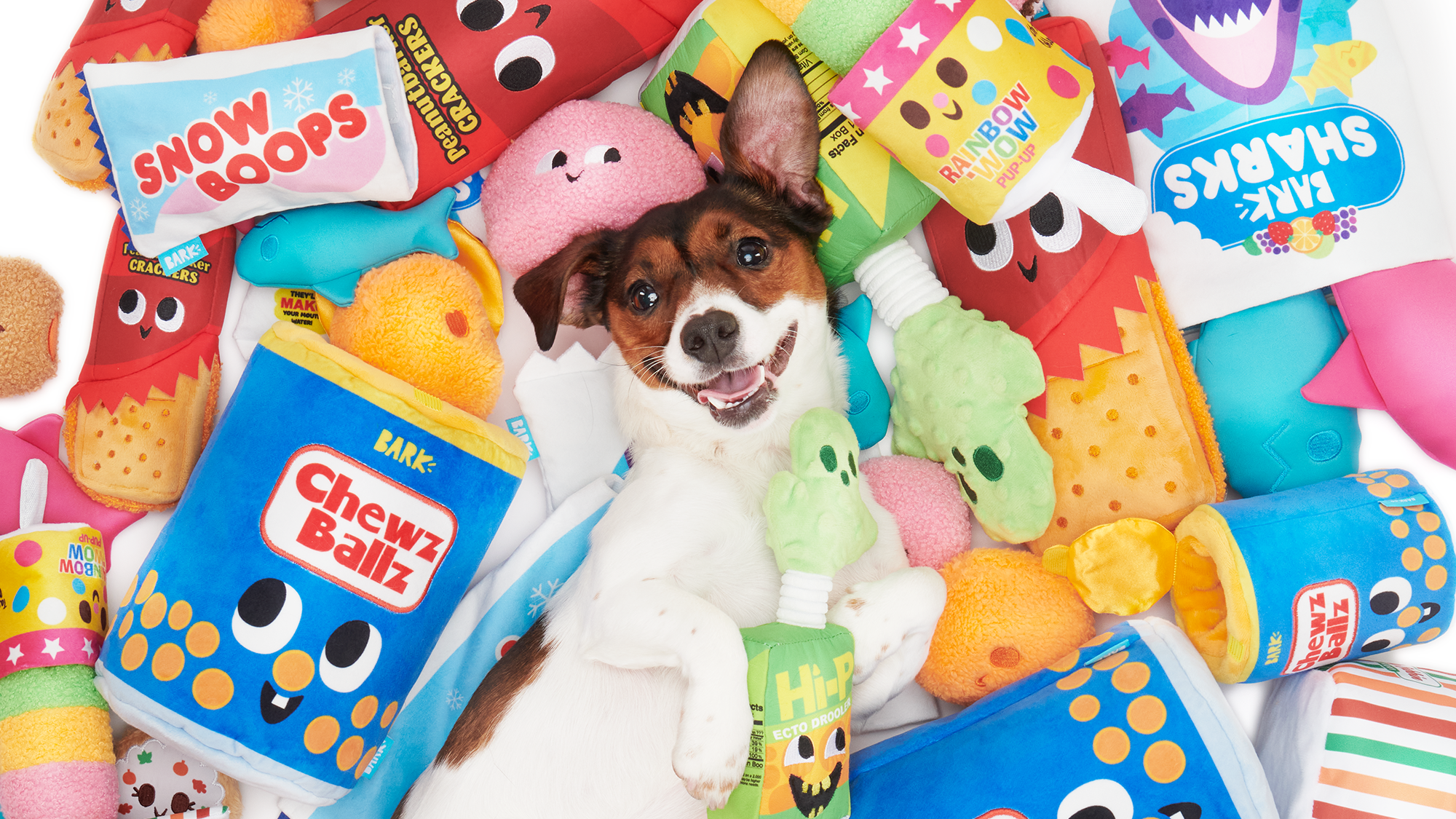16 best dog breeds for cold weather
The best dog breeds for cold weather have thick coats that will keep them warm in even the chilliest of environments
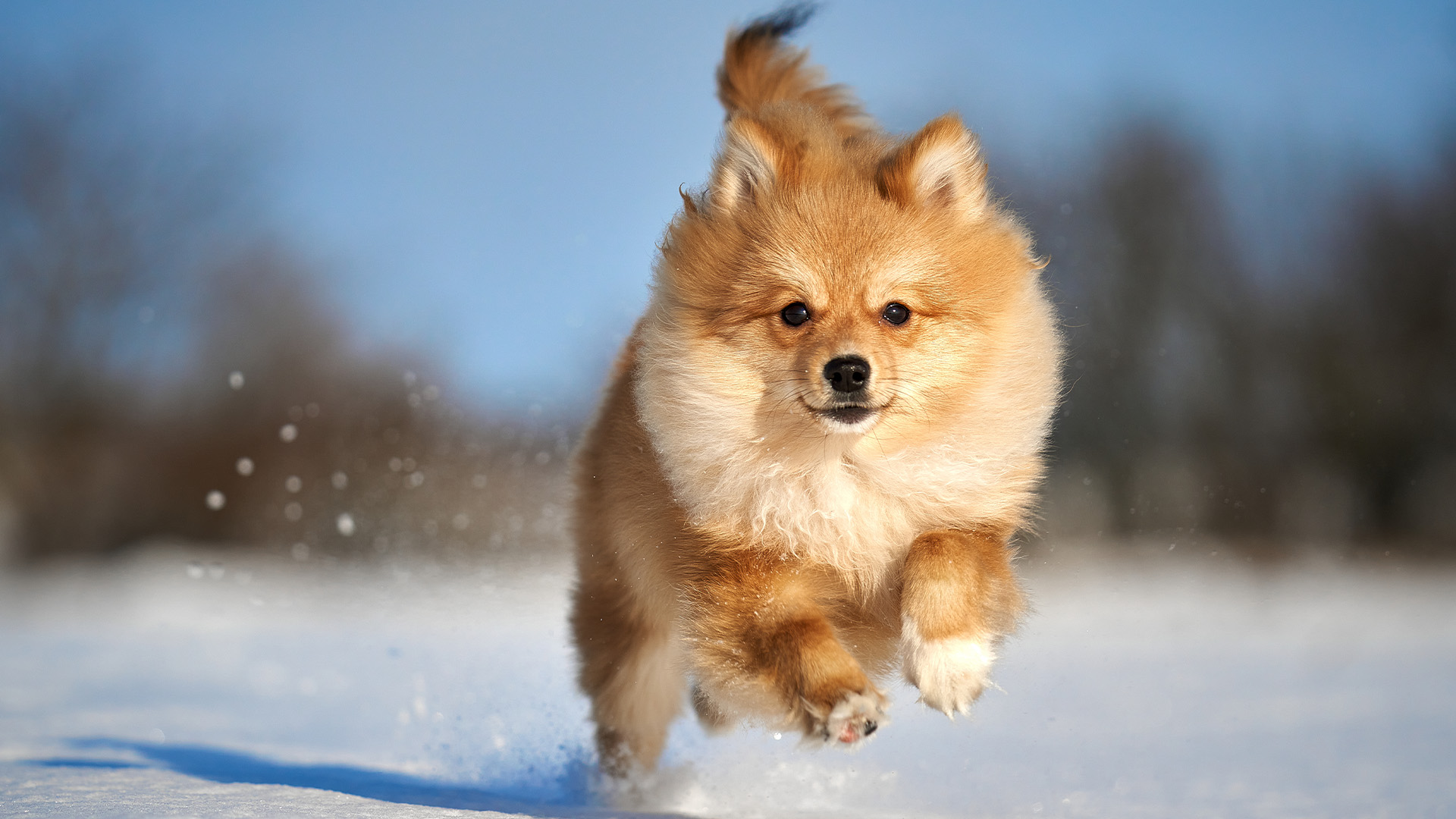
If you live in an environment that sees more chilly days than balmy ones, then the best dog breeds for cold weather will be more than happy to keep you company!
Whether it’s a long walk on a freezing winter’s morning or a winter camping trip, these breeds have what it takes to thrive in even the harshest of conditions.
When it comes to the questions of do dogs get cold and do dogs need coats in the winter, the great thing about the breeds on this list is that they’re born with such thick fur that those sorts of accessories aren’t necessary.
In fact, many of them are so well insulated that putting them in a jacket of any kind would actually cause them to overheat. It can make the summer months tricky, though, and owners of the best dog breeds for cold weather would do well to learn how to cool down a dog and how to keep a dog cool.
So if you’re looking for a canine companion that can walk right out the door into the elements and have an absolute blast doing it, these winter-loving breeds are well worth considering.
Best dog breeds for cold weather
1. Siberian Husky
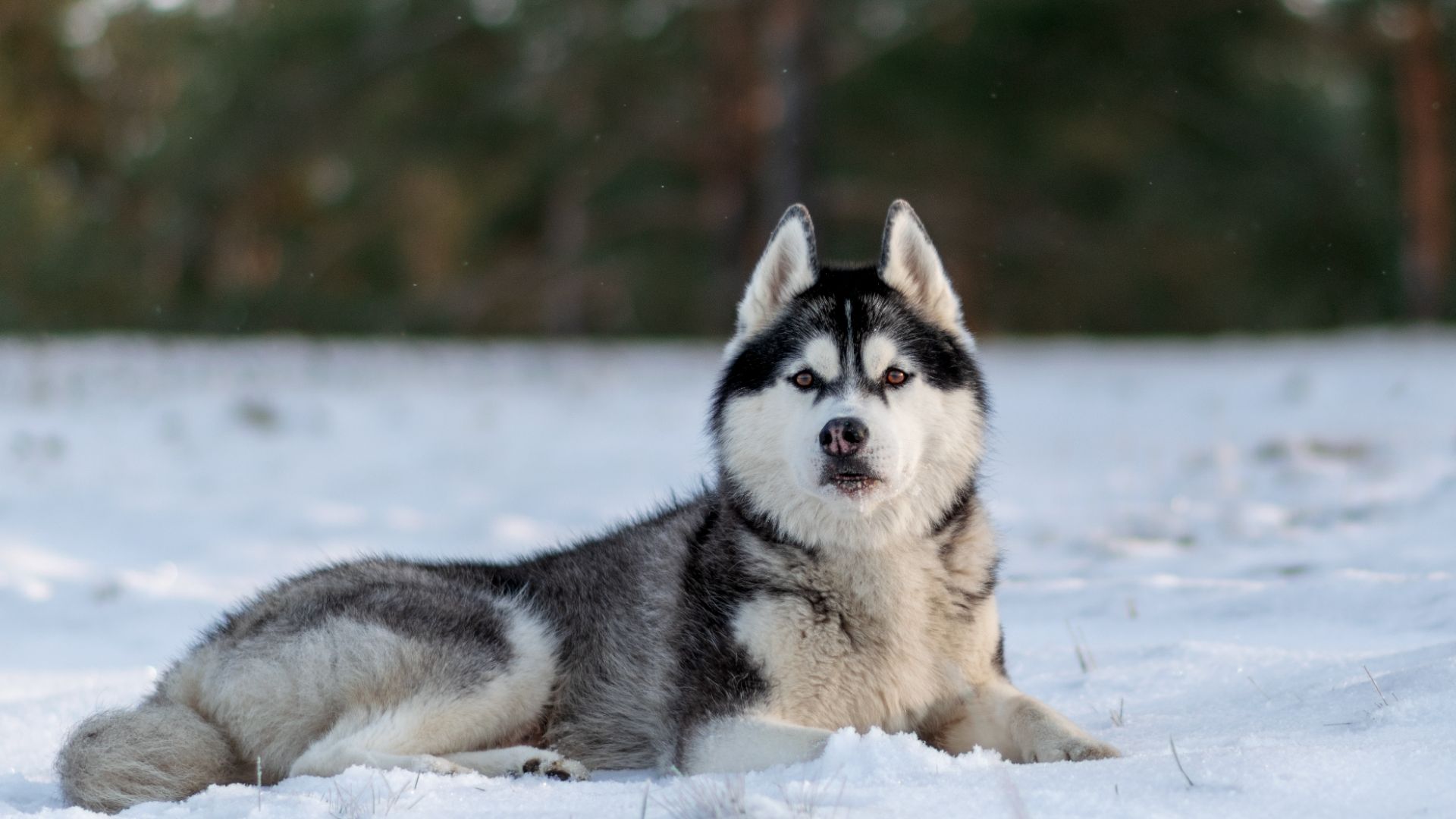
A winter dog if ever we saw one, the Siberian Husky is a graceful dog with a dense and soft coat that helps it thrive in even the coldest of climates. One of the oldest and purest of the northern sled dogs, the Husky has been bred in its native Siberia for more than 3,000 years.
Working dogs at heart, Huskies manage to be both powerful yet gentle, alert and friendly. Weighing no more than 60lbs, they’re smaller than their giant cousin, the Alaskan Malamute, and are very quiet. They’re best suited to active households that will allow them to burn off their bucketloads of energy.
Get the best advice, tips and top tech for your beloved Pets
2. Alaskan Malamute
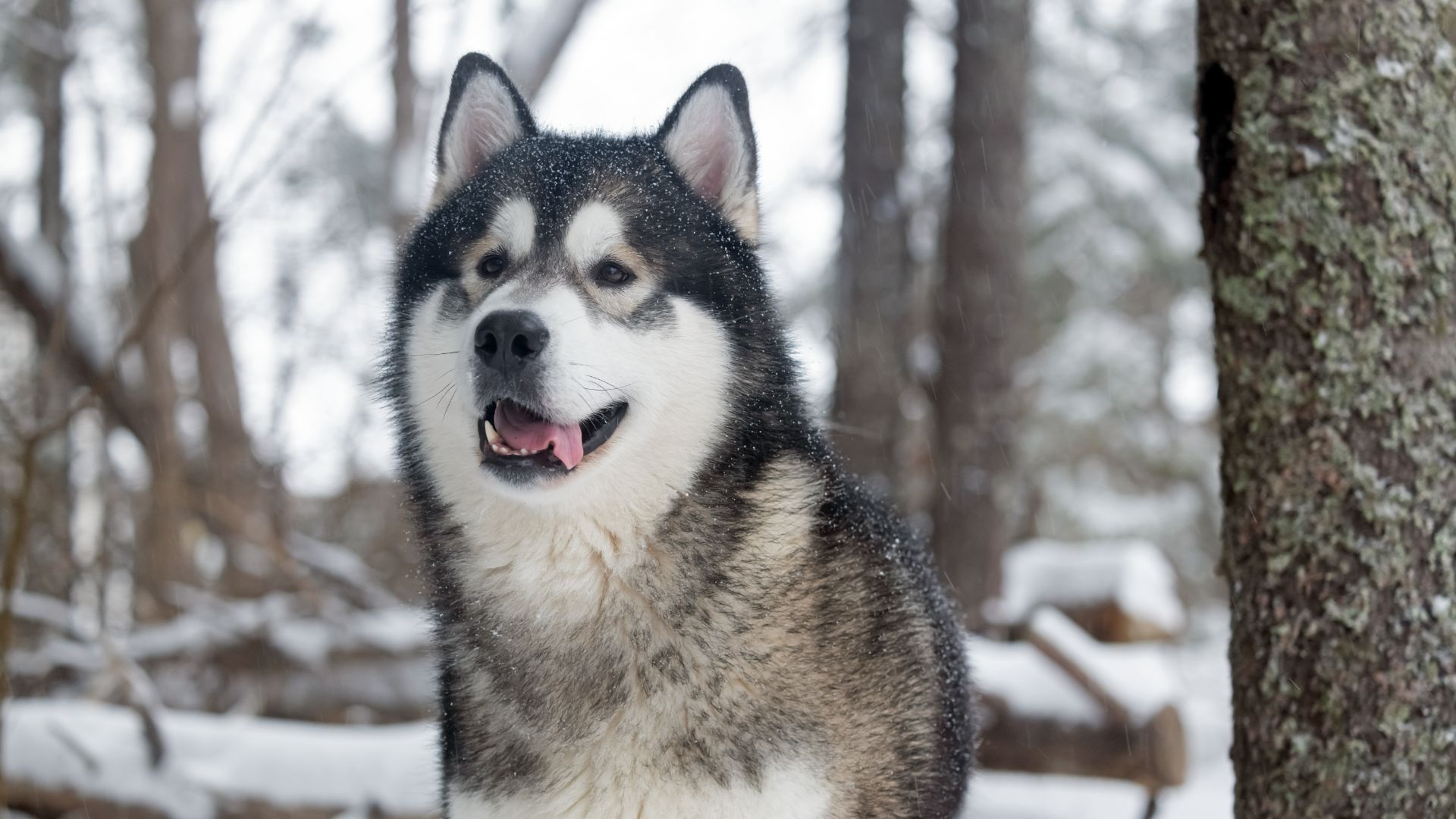
A strong and heavy duty worker with a very thick coat that’s built to withstand freezing temperatures, the Alaskan Malamute has stunning wolf-like features and an affectionate nature.
Devoted to their family, this friendly breed was used to pull long and weighty loads over vast distances, and while they remain in need of a minimum of two hours of exercise each day, these days you’re much more likely to find them enjoying a vigorous walk with their human companions.
The Alaskan Malamute needs an experienced owner as they can be challenging for novice pet parents due to their high need for physical and mental stimulation.
3. Samoyed

The Samoyed comes packed with both style and sustenance, managing to be both utterly adorable on the outside and super smart on the inside. Incredibly personable, they thrive on human company but have just enough independence in them to avoid being clingy.
Samoyeds tend to get along well with everyone in their family unit, including children and other pets, but they are herding dogs and because of this you’ll need to train and socialize them properly to prevent them from trying to round up any toddlers and cats you may share your home with! Thankfully, they’re highly attuned to people and learn quickly, so training them isn’t difficult.
4. Keeshond

With the foxy face that’s typical of a spitz dog breed, the Keeshond has a delightfully plumed tail that curls over their back and a thick and plush coat that hides a lean and muscular figure. Alert and cheerful, they are natural watchdogs who will be quick to let their owner’s know if they suspect trouble is afoot!
Their bright eyes and happy face has earned them the nickname the ‘Smiling Dutchman’ and they do well in active homes with older children and teenagers – their very loud and frequent barking means they’re not suitable for families with babies or toddlers. Because they’re quick to view outsiders with suspicion, additional training and socialization is required.
5. Newfoundland
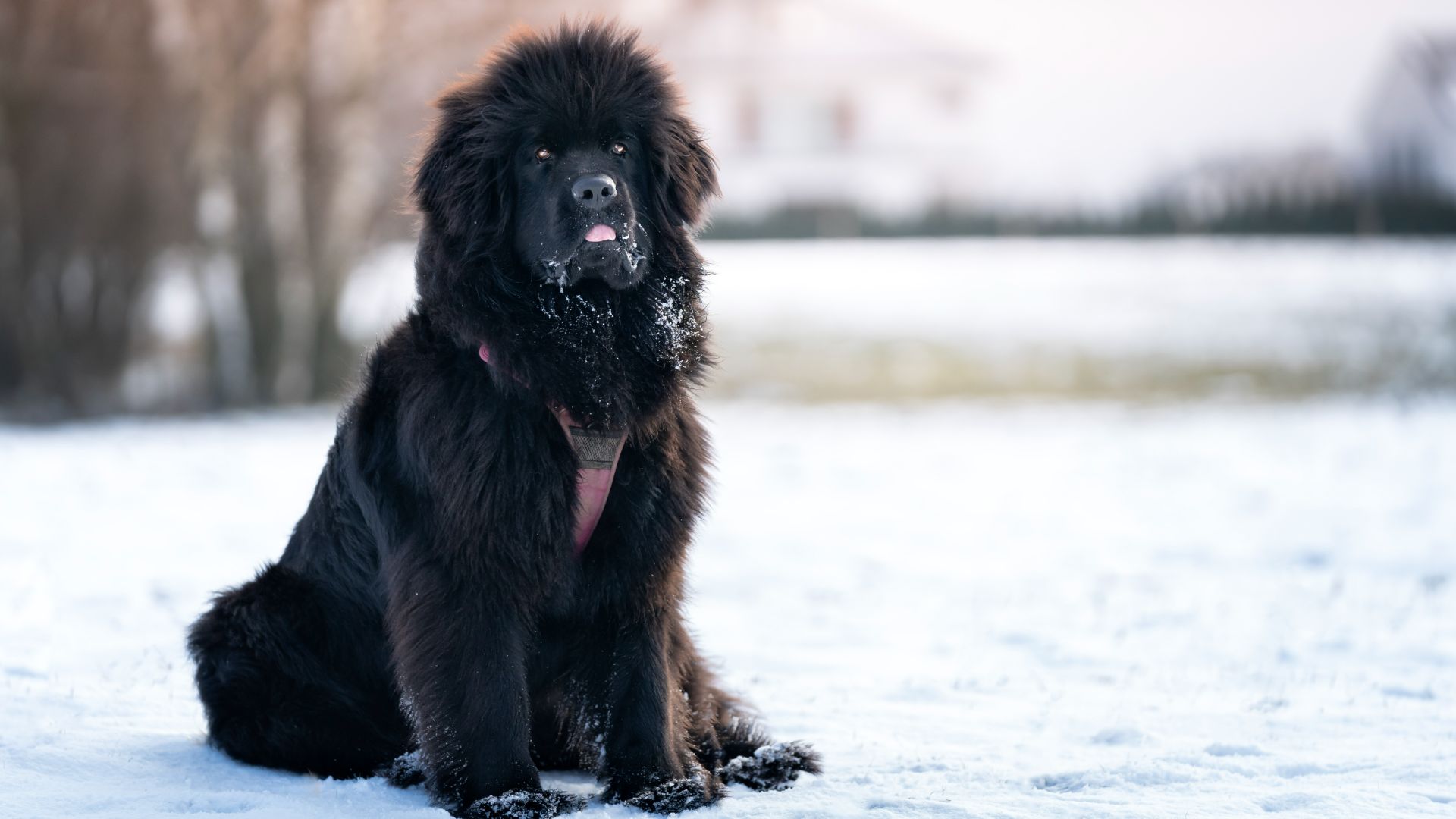
A complete and utter gentle giant, the Newfoundland is considered a ‘nanny dog’ due to how tolerant and patient it is with children’s antics. It is a real sweetheart – one of the most obedient large dog breeds – with a watchful and trustworthy nature and a happy and docile temperament.
Known to place themselves between strangers and their family in order to quietly protect them, Newfies can be ideal companions for singles and couples, as well as one of the best dogs for families. However, do take their size into consideration before welcoming one into your home – this is a breed that requires a lot of feeding, a lot of grooming, and a lot of exercise.
6. Norwegian Elkhound

A hardy and strong-willed dog with a lush silver-gray coat and wolf-like features, the Norwegian Elkhound is one of Europe’s oldest dog breeds. They have the most wonderful sense of humor and are independent thinkers, the latter of which can make training a challenge unless you’re able to be firm and consistent with them.
Norwegian Elkhounds are also big barkers, one of the loudest dog breeds, and have a strong prey drive, so be sure you’re prepared for this before adopting one. Those things aside, their adventurous spirit and love for their family makes this sensitive and tenderhearted soul an utter delight to have in the home.
7. Saint Bernard
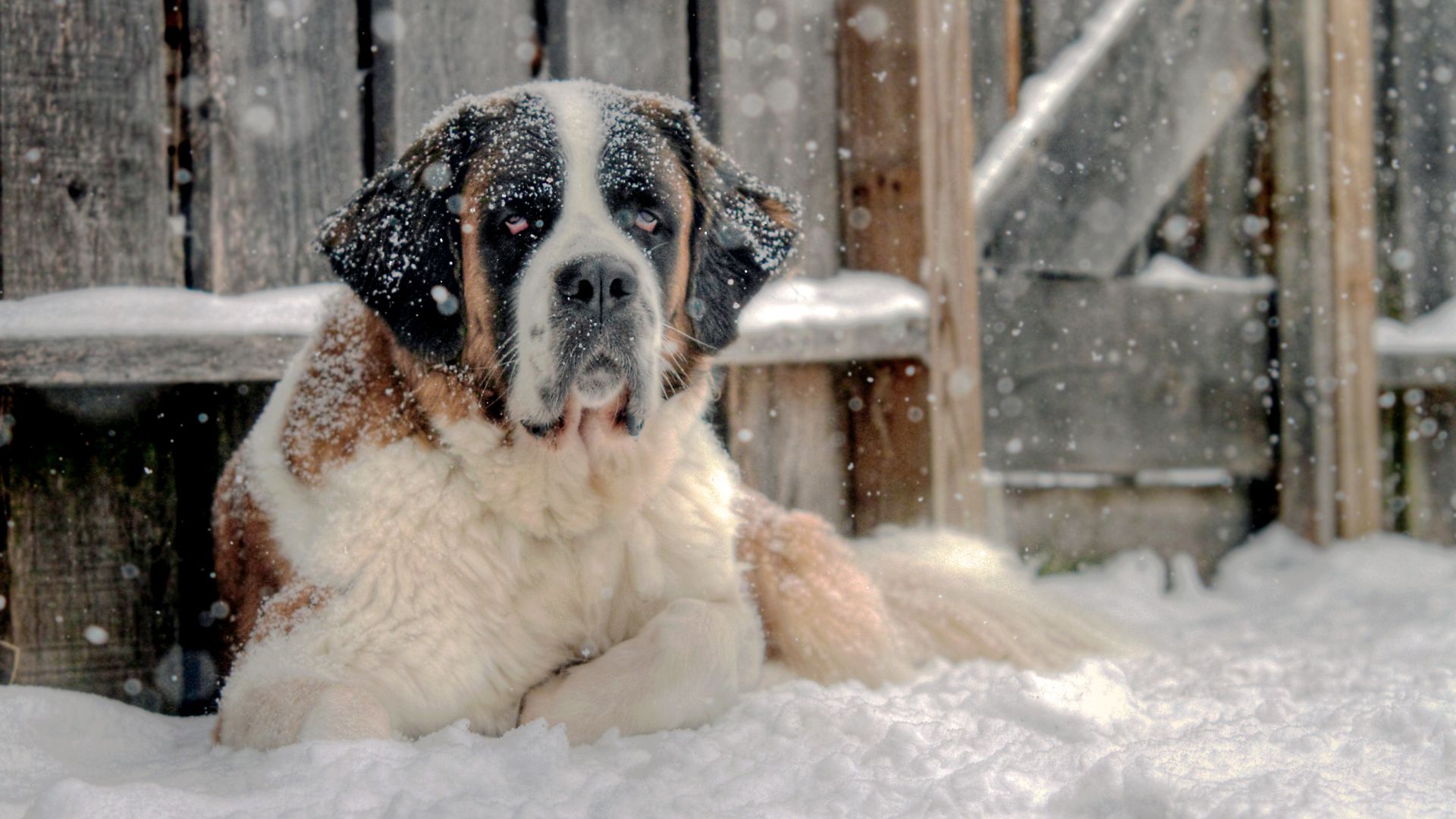
At around 30 inches in height and weighing anywhere up to 180 pounds, the Saint Bernard is an imposing figure – but don’t let that fool you, while they’re incredibly muscular and powerful, they’re also total sweethearts.
Endlessly good-humored, they rarely bark and adore family life. Laid back, loving, and placid, Saint Bernards possess an innate awareness of just how big they are and because of that, they have a reputation for being very careful not to injure children or older people.
Social and content to quietly be a part of family life, they’re eager to please and although large, their exercise needs are moderate, with a one hour walk each day enough to keep them happy.
8. Komondor
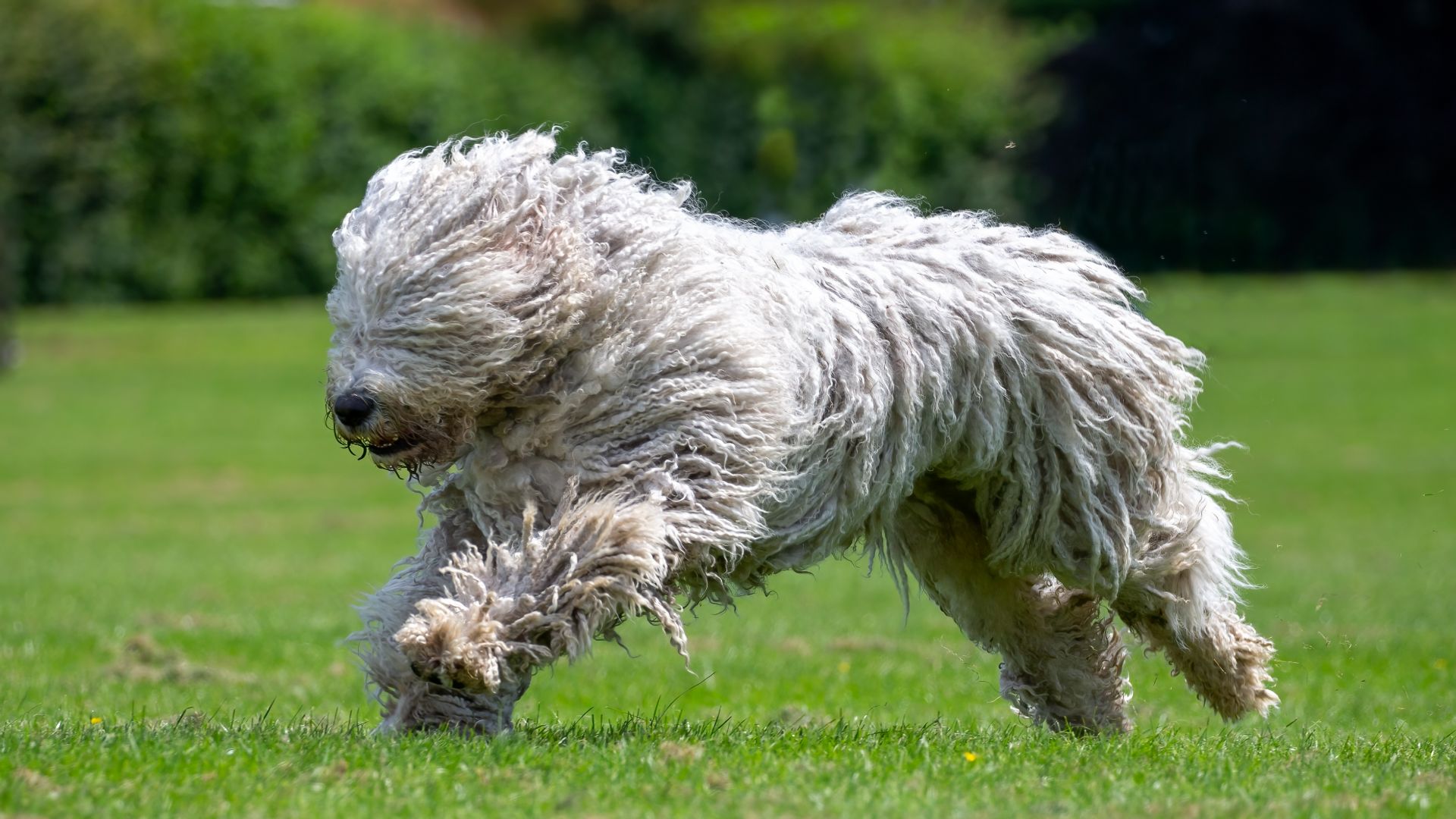
There’s not a dog on the planet that looks like the Komondor, so if your canine companion ever gets lost in a crowd, you’ll have no problem finding them! Covered in an abundance of white cords that keeps them warm in even the most extreme of cold climates, this guard dog breed hails from Hungary where they were originally used to protect flocks of sheep.
Large and powerful, Komondor’s also manage to be agile and light-footed, which makes them excellent watchdogs. They are very protective of their family and their loyalty knows no bounds, so they won’t think twice of putting themselves in harm's way.
9. Bernese Mountain Dog
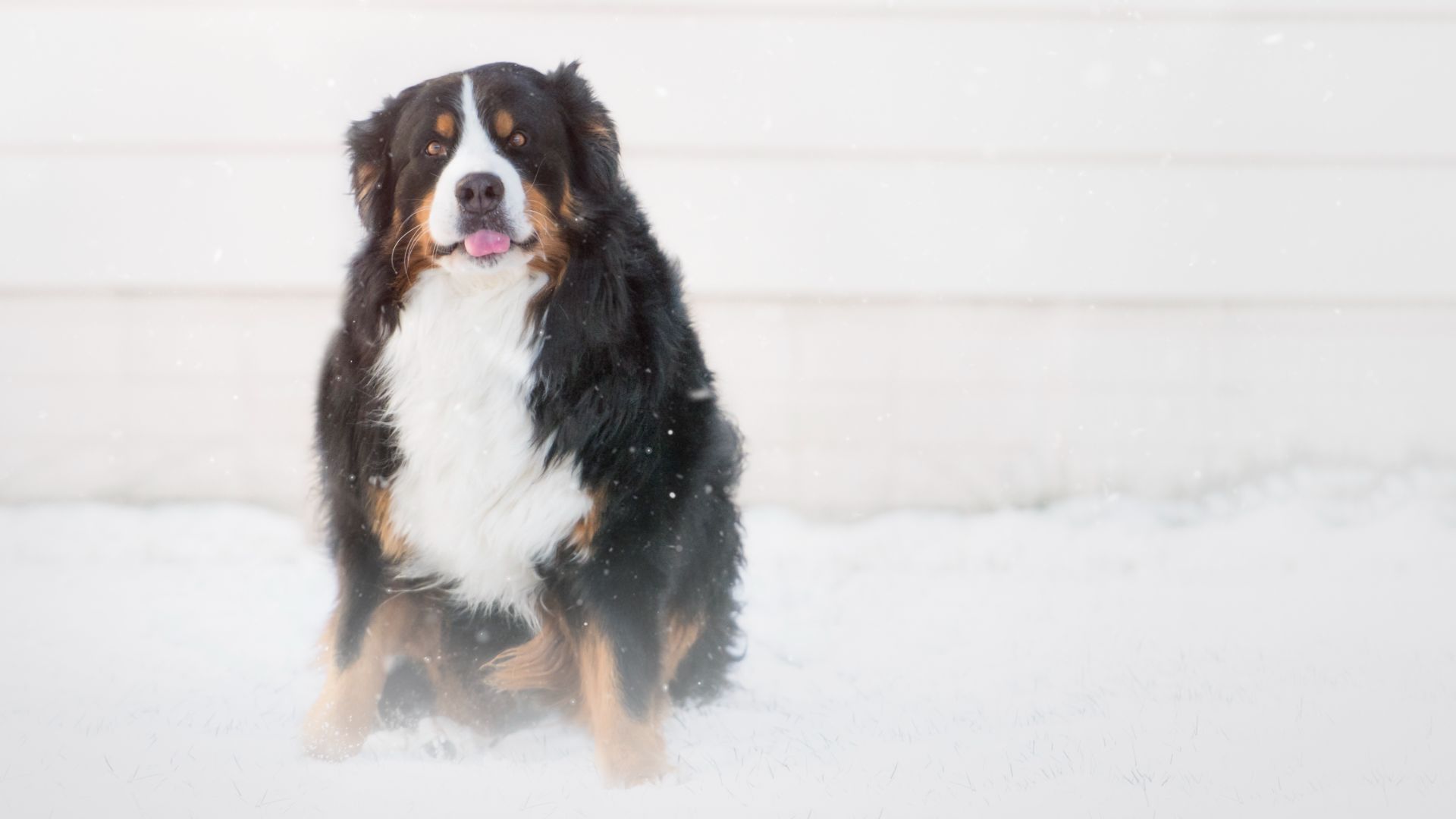
A gentle giant that's affectionate, faithful, intelligent and loyal, the Bernese Mountain dog is also often referred to as a 'nanny dog' due to its immense love of, and devotion to, children.
Good-natured and calm, this breed gets on famously with everyone – including other dogs, and as you'd expect from a breed that originally hails from Switzerland, it has a thick coat built to withstand harsh winters.
Playful and energetic, they make a wonderful family companion – although just be warned, they are prone to barking and this is a breed that sheds a lot, so daily grooming is a must!
10. Chow Chow
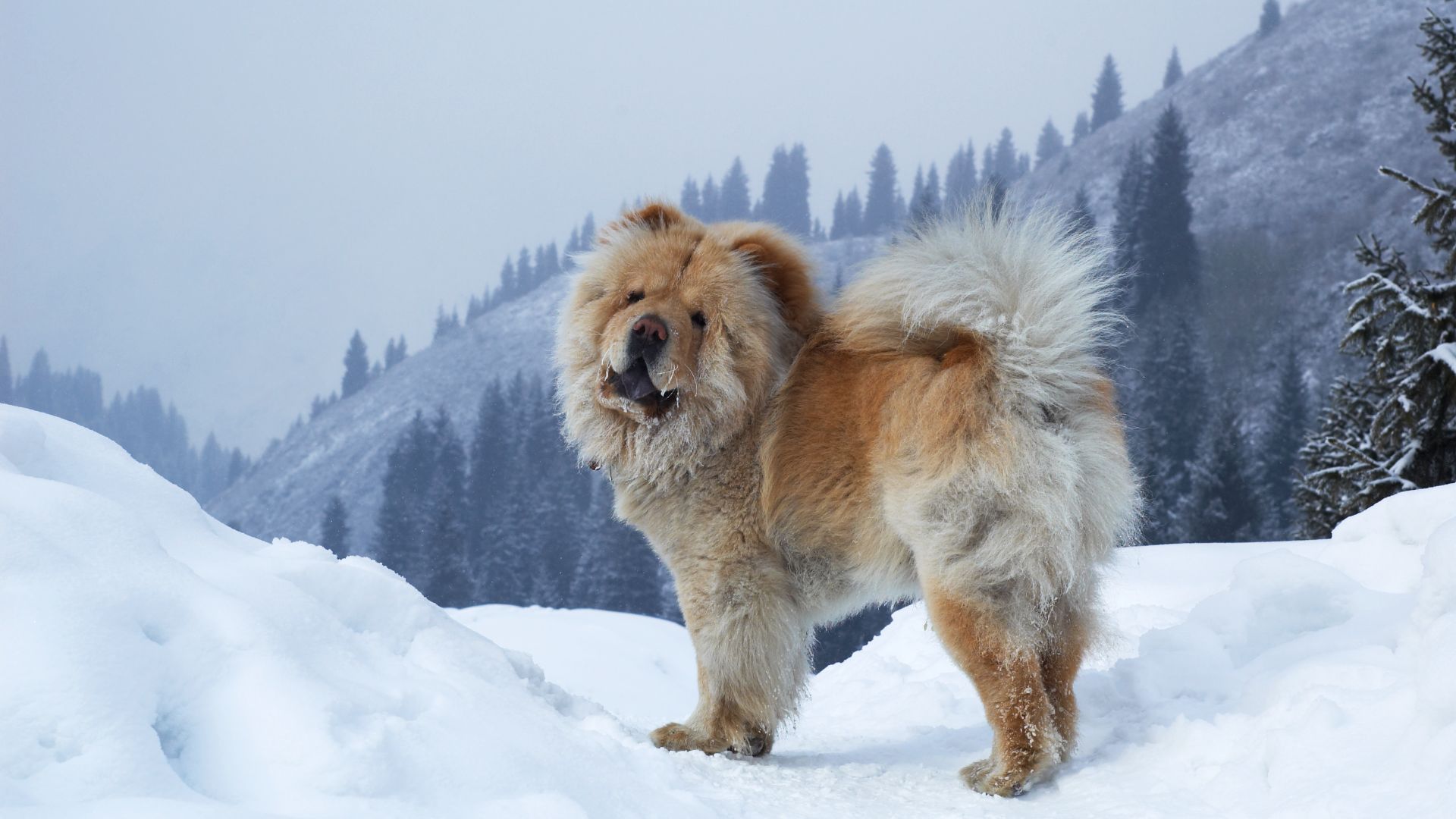
With its incredibly distinctive looks, this ancient breed from China has a dignified and aloof aura about them and they can be very serious-minded. The chow chow's coat comes in rough and smooth varieties and colors of red, black, blue, cinnamon or cream.
They're typically not a social and outgoing dog and can be wary of strangers but they are eternally loyal to their loved ones. However, they are highly protective and so early training and socialization is a must to help them control their guarding tendencies.
11. Akita
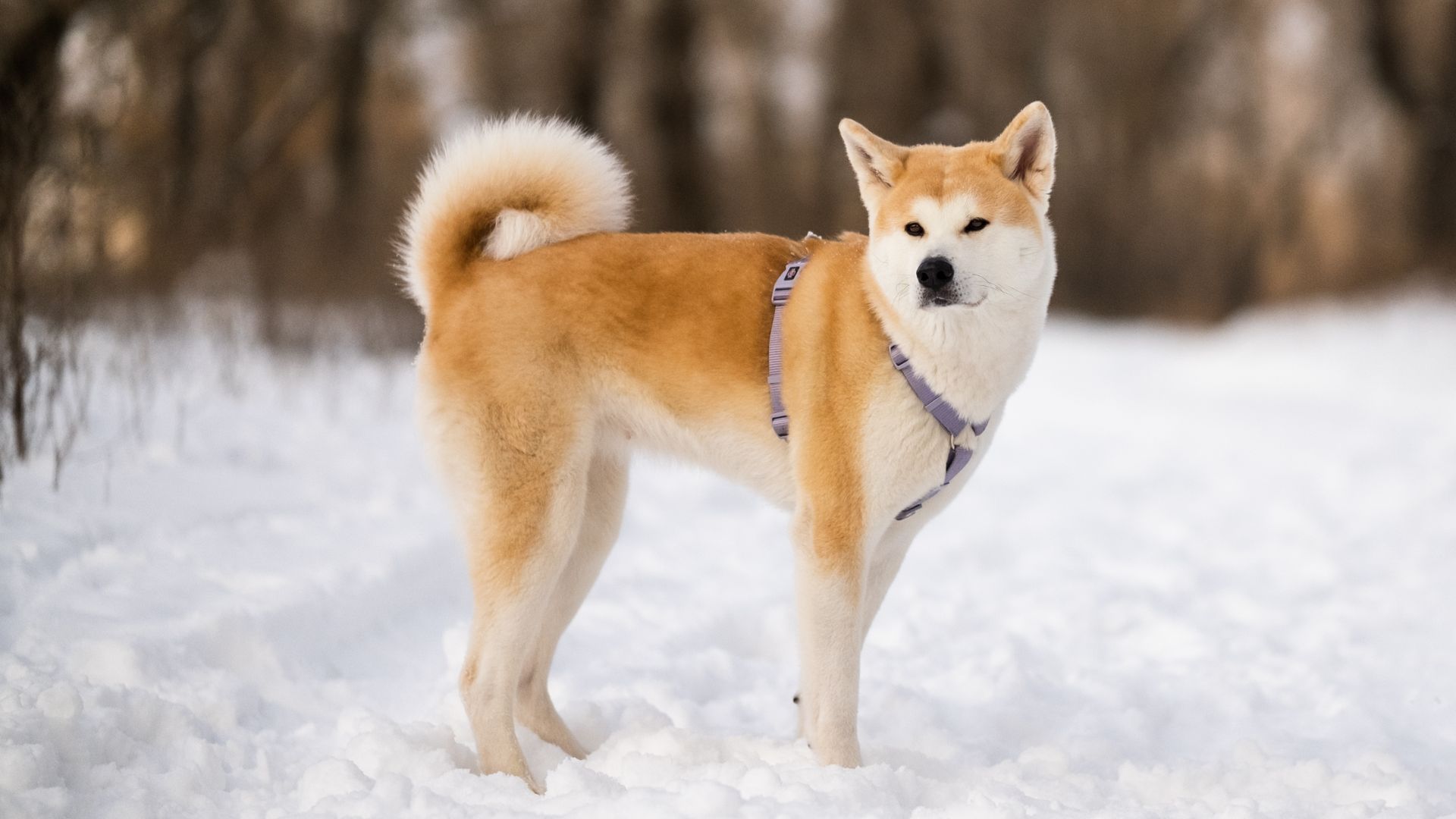
Hailing from the northern mountains of Japan, the Akita is a large dog breed with a muscular physique and a thick double coat. Famous for the dignified way in which they carry themselves, they are incredibly loyal to those they love but because they were bred to work alone, they do not do well in homes with other dogs or pets.
While affectionate with their chosen humans, they are aloof with strangers and can be very territorial. Because of this, and their extreme strength, intelligence and endurance, they do best with experienced owners who can help them channel their energy in appropriate ways.
12. Great Pyrenees

The Great Pyrenees is a large dog with a thick coat and powerful build and were originally bred to roam mountain tops deterring wolves from attacking flocks of sheep.
They're described by those who own them as exhibiting an almost zen-like calm, which makes them a delightfully peaceful companion to have around the house. That being said, these majestic dogs are loyal to those they love and can quickly spring into action if they sense a threat.
Gentle and loyal, they make wonderful companions for anyone looking for a devoted and well-mannered pup.
13. Tibetan Mastiff

With an incredibly imposing presence that can feel quite intimidating when you first come across them, the Tibetan Mastiff has the features of a lion and a powerful and muscular build.
They have a long, dense coat and their markings come in traditional colors like black, brown and golden, as well as a rarer blue shade. This is not a dog to take on lightly because while they can be very sweet, calm, mellow and lovey dovey when around their owners, they are hugely territorial.
They require a very experienced owner who knows how to handle their watchful natures and can train and socialize them well to avoid them being a risk to strangers.
14. Anatolian Shepherd
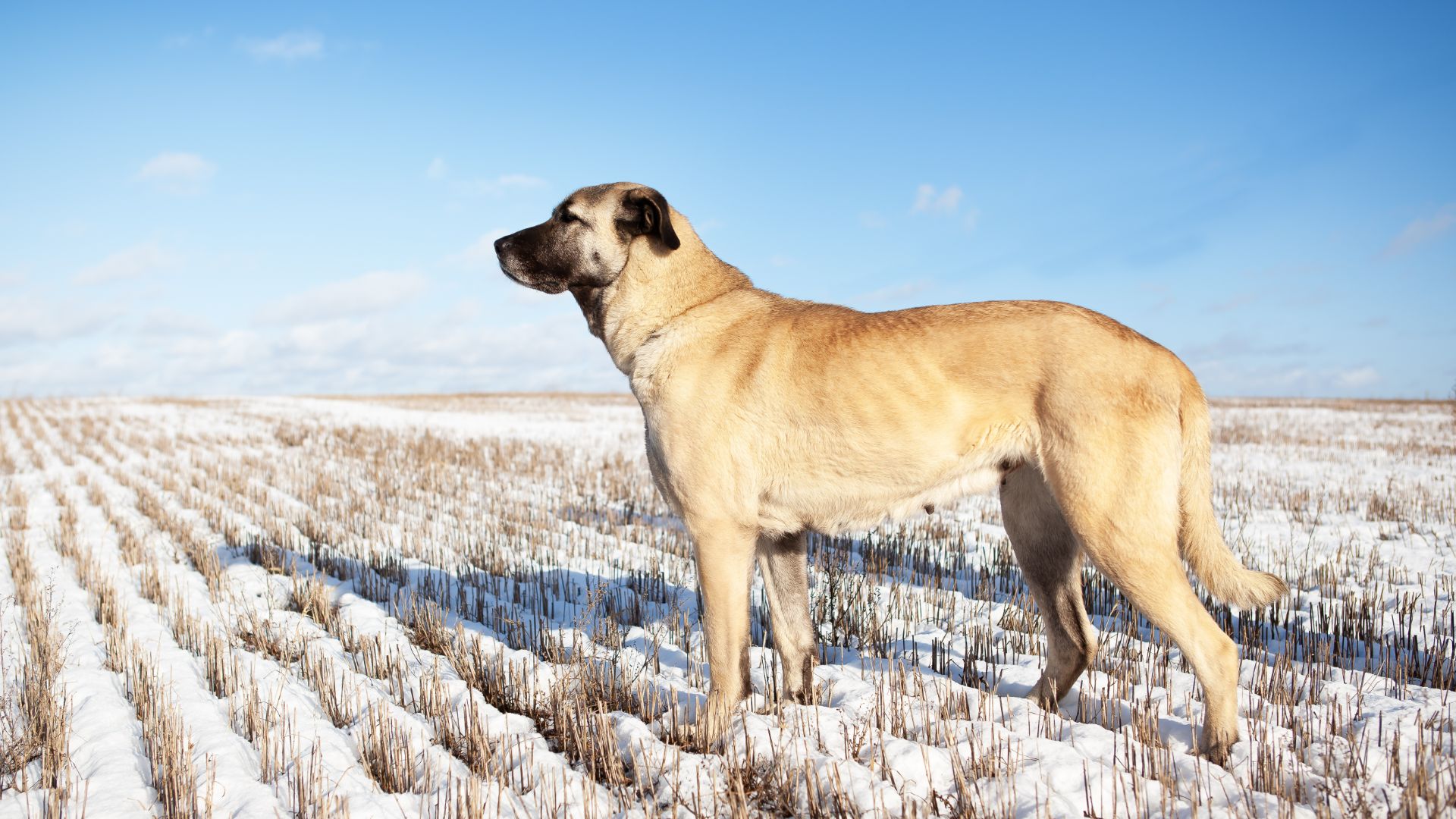
A rugged dog of ancient lineage, the Anatolian Shepherd has a reserved yet loyal nature. Weighing as much as 150lbs, they're a large and muscular dog that also manages to be nimble and quick-footed.
They are smart, devoted, and responsive but require a strong human leader who can handle their dominating and demanding nature. While their coats are short, they're also dense, which means they're protected against extreme weather conditions. Suspicious of strangers and fast to react to any perceived threat, they require careful management.
15. Leonberger
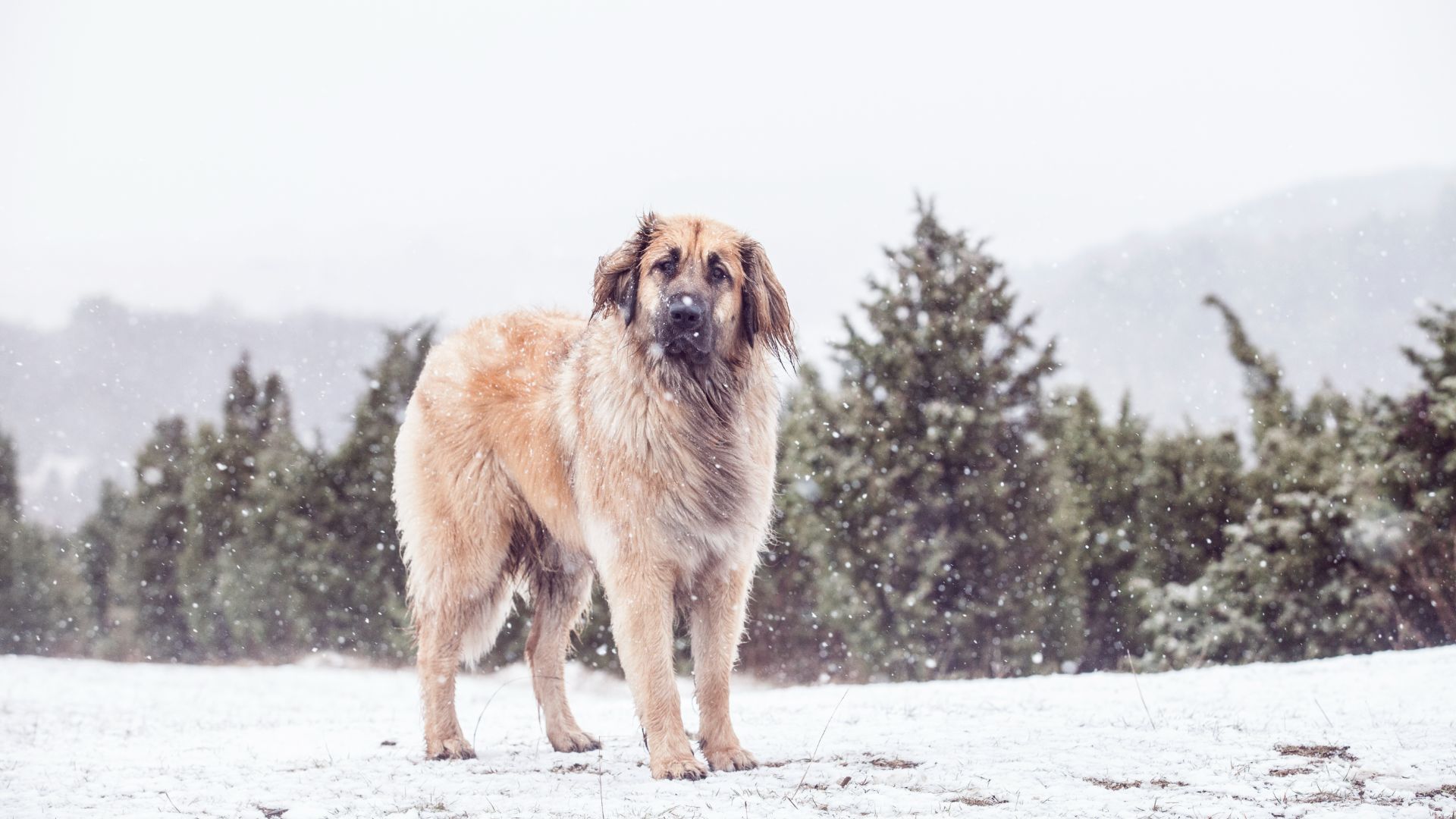
A majestic, lush-coated breed originally from Germany, the Leonberger has an air of serenity about them and a gentle and playful nature that makes them a huge hit with children.
They are graceful, elegant and highly intelligent, and have a reputation for having excellent judgment. While the Leonberger is easygoing and placid, they are also self-confident and know their own minds, which means they require a great deal of patience and consistency with positive reinforcement training.
16. Pomeranian

A courageous canine who delights in being the centre of attention, the bold and lively Pomeranian has a personality that far exceeds their diminutive size. Known to be plucky and to take on dogs three times their stature, the Pom is an alert watchdog with an inquisitive nature. For two cold weather breeds in one, you could also consider the Pomsky.
Their smiley, foxy faces and vivacious and perky personalities make them truly charming companions and they delight in making their humans laugh. However, they can be stubborn and they won't back down from a fight with other dogs, so they do need patient and consistent training and socialization.
Caring for the best dog breeds for cold weather
Dogs adapted to cool weather have a few things in common; let‘s dive a little deeper on these uniting traits...
They have boundless energy
“The best dog breeds for cold weather are all working dogs,” explains Dr Rebecca “They have been bred over many generations specifically to endure harsh conditions. They are often intelligent, strong, and have a high level of endurance to perform jobs like pulling sleds, guarding livestock, and hunting.”
Working breeds like these need much more exercise and mental stimulation than other dog breeds.
“Many novice owners underestimate this, leading to dogs that are bored, destructive, vocal, or overly boisterous,” warns Dr MacMillan. “If you choose to have a working breed, you will need to make sure you have the time to exercise them enough each day and that you can keep them busy with training activities, dog classes, and puzzle toys.”
These are not the kinds of dogs that enjoy being cooped up.
“While not inherently aggressive dogs, early socialisation and training are key to help them react to strangers appropriately and reduce the risk of guarding issues.”
They have prolific coats
Dogs selectively bred for cold-weather climates will also have thick, insulating coats.
“Their coats are designed to protect them against some of the harshest conditions,” says Dr MacMillan.
This can lead to two issues in modern homes.
“Firstly, these dogs will shed a lot. You must be prepared for loose hairs around your home, even with regular brushing with the best dog brushes. Secondly, these dogs will be less tolerant of heat than other breeds. Some may struggle in a warm, centrally heated home, preferring to live in a yard or a kennel environment.”
The best dog breeds for cold weather will also be much more susceptible to heatstroke in the spring and summer months than breeds with short, thin coats.
“Owners must take care not to walk these dogs in the heat of the day and to make sure their dog has access to shade and fresh water at all times.”
Read next: Can dogs get a cold or flu? and What temperature is too cold to walk a dog?
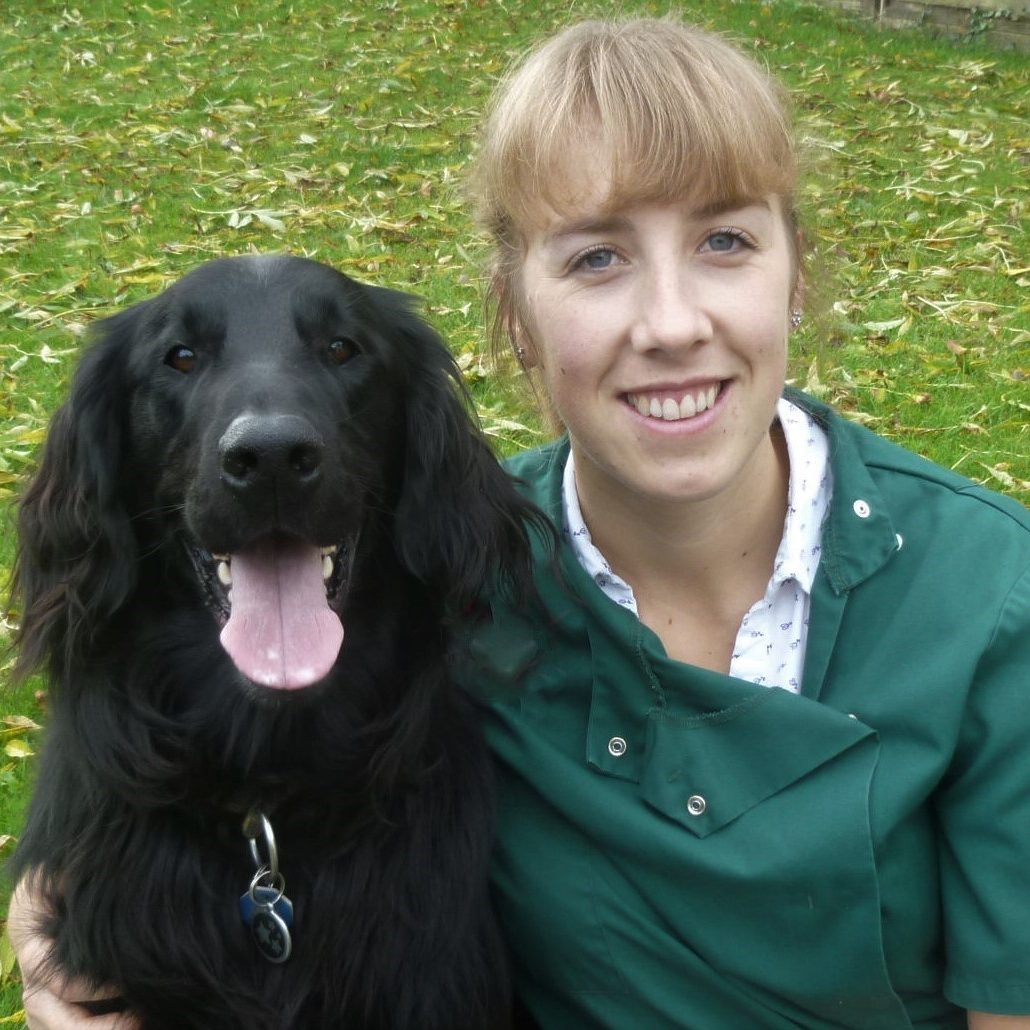
Dr MacMillan is a companion animal vet who has always had a passion for writing and client communication. She works in the South West and loves complex medical cases.

Bethany is an experienced writer who has been writing across the pets and equestrian sector for eight years.
Edited by Georgia Guerin.
This feature was last updated in June 2025 by Bethany Stone.

Kathryn is a freelance writer who has been a member of the PetsRadar family since it launched in 2020. Highly experienced in her field, she's driven by a desire to provide pet parents with accurate, timely, and informative content that enables them to provide their fur friends with everything they need to thrive.
Kathryn works closely with vets and trainers to ensure all articles offer the most up-to-date information across a range of pet-related fields, from insights into health and behavior issues to tips on products and training.
When she’s not busy crafting the perfect sentence for her features, buying guides and news pieces, she can be found hanging out with her family (which includes one super sassy cat and a kitten), drinking copious amounts of Jasmine tea and reading all the books.
She has written for a range of publications, including Fit&Well, Top Ten Reviews, LiveScience, Goodto, and Product Hunt.
- Bethany StoneFreelance Writer
- Dr. Rebecca MacMillanVet
